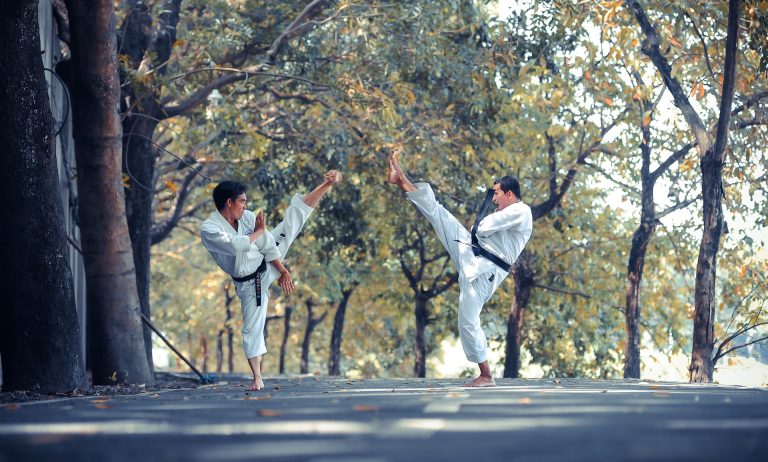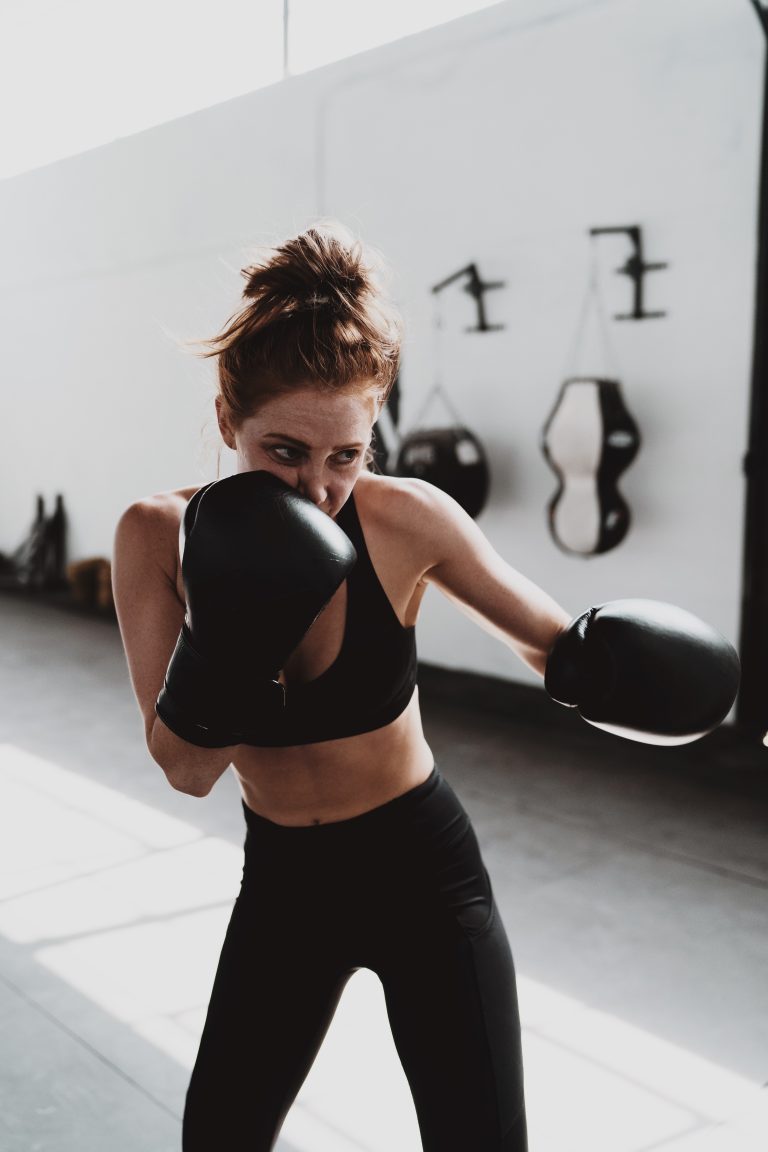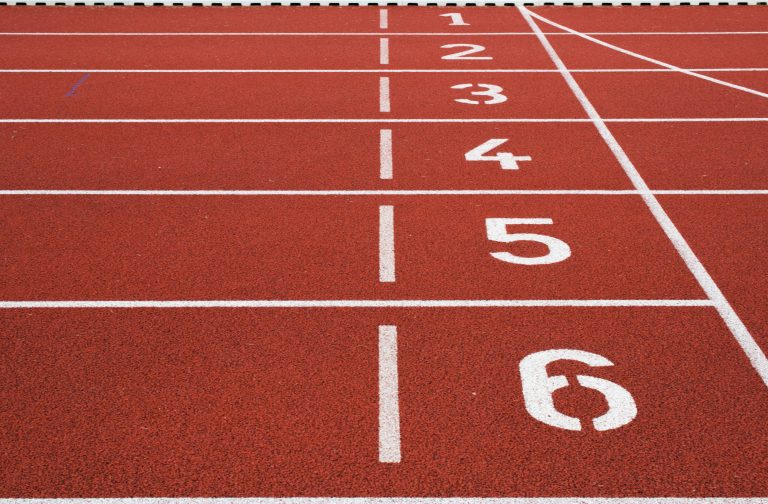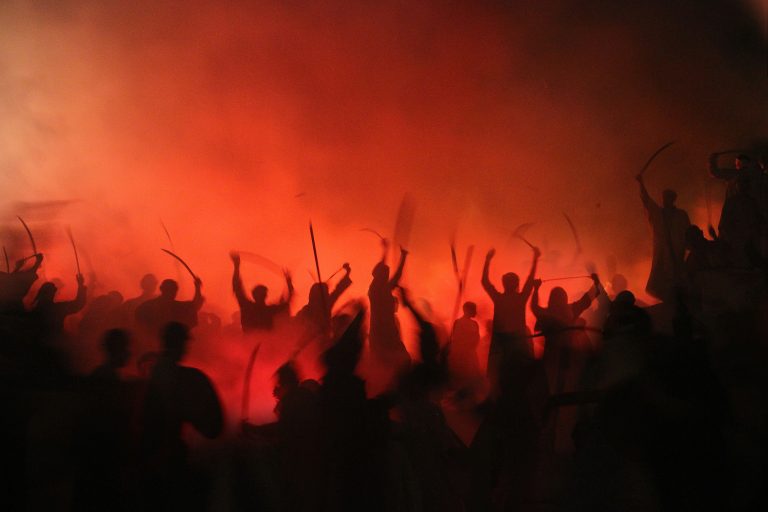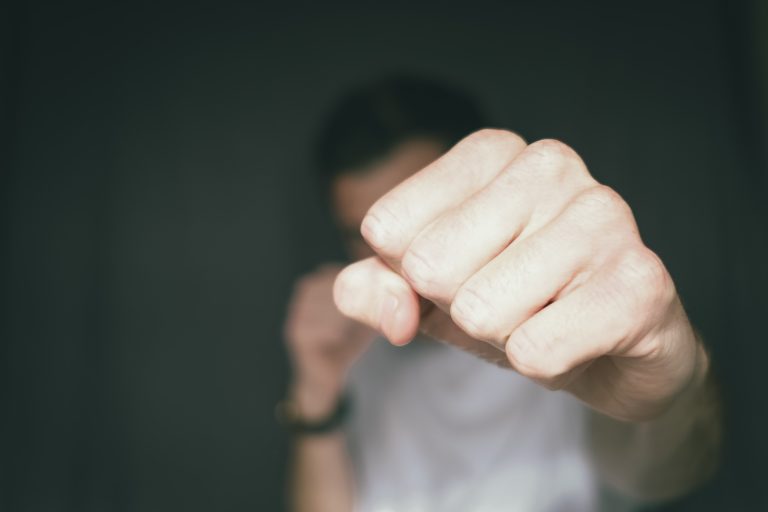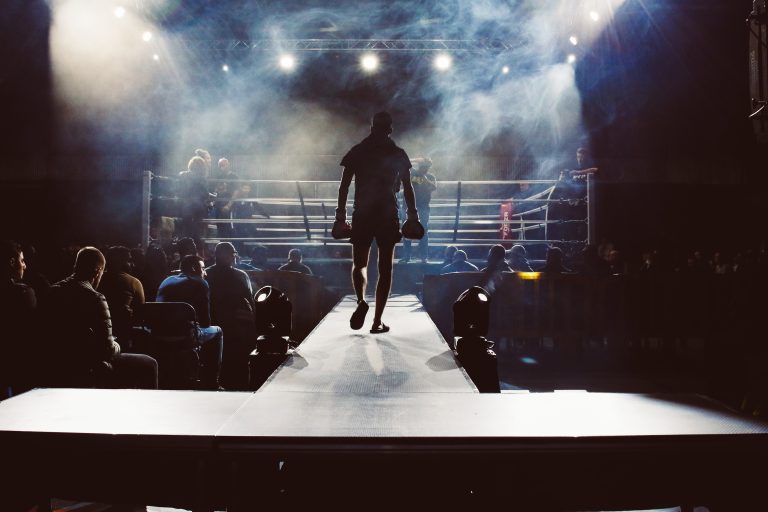Karate und seine Geschichte
Karate ist eine der ältesten Kampfkünste und stammt aus dem fernöstlichen Raum. Es ist eine sehr anspruchsvolle Kampfkunst, die nicht nur Kraft und Ausdauer, sondern auch ein hohes Maß an mentaler Disziplin erfordert. Die Geschichte des Karate ist ebenso alt wie die Kampfkunst selbst. Seine Ursprünge reichen bis ins alte China zurück. Nach einer längeren Reise durch Ostasien erreichte die Kampfkunst schließlich Japan, wo sie sich zu dem entwickelte, was wir heute als Karate kennen.
Die Entstehung des Karate
Während manche Historiker die Entstehung des Karate auf das alte China zurückführen, gibt es auch Stimmen, die es in Japan entdeckt haben. Der Legende nach sollen buddhistische Mönche aus Indien vor über 1000 Jahren nach China gereist sein und dort eine Kampfkunst namens „Kara-te“ („leerer Hand“) entwickelt haben. Der Name bezieht sich darauf, dass die Kämpfer bei dieser Kampfkunst keine Waffen verwendeten.
Die Kampfkünste Chinas, wie Kung Fu, waren im Japan des 17. Jahrhunderts noch unbekannt. Einige Mönche jedoch, vor allem aus dem Shaolin Kloster in China, brachten ihre Kampfkünste nach Okinawa, wo sie sich mit den traditionellen Kampfkünsten der Okinawa-Leute vermischten. Daraus entwickelte sich dann das heutige Karate.
Die Entwicklung des Karate
Nachdem sich das Karate in Okinawa etabliert hatte, begann es, sich auch in anderen Teilen Japans zu verbreiten. Es wurde immer beliebter und schließlich auch an Schulen unterrichtet. Da es allerdings keine einheitliche Lehre gab, entwickelten sich verschiedene Stile des Karate. Einige bekannte Stile sind Shotokan, Goju-Ryu und Wado-Ryu.
Karate heutzutage
Heutzutage ist Karate eine weltweit beliebte Kampfkunst. Es gibt viele verschiedene Schulen, in denen man Karate unterrichtet, sowie viele Wettkämpfe und Meisterschaften. Karate ist nicht nur eine Kampfkunst, sondern auch eine Sportart, die viele Menschen auf der ganzen Welt begeistert.
Zudem ist Karate mehr als nur ein Kampfsport. Es ist eine Philosophie, die den Menschen lehrt, Gewalt zu vermeiden und für Disziplin zu sorgen. Die Grundlagen des Karate werden in der Regel im Rahmen von Trainingsstunden vermittelt, aber viele Schulen bieten auch spezielle Seminare und Workshops an, die den Teilnehmern helfen sollen, ein tieferes Verständnis für die Philosophie des Karate zu erlangen.
Karate und das Risiko von Verletzungen
Wie bei jeder Kampfkunst besteht beim Training von Karate auch das Risiko von Verletzungen. Daher ist es wichtig, dass man beim Training immer vorsichtig ist und sich an die Anweisungen des Lehrers hält. Außerdem sollte man auf seinen Körper hören und mögliche Anzeichen von Verletzungen oder Müdigkeit ernst nehmen. Falls man sich verletzt hat oder Schmerzen verspürt, sollte man sich unbedingt von einem Arzt untersuchen lassen.
Fazit
Karate ist eine sehr alte und anspruchsvolle Kampfkunst mit einer langen und reichen Geschichte. Sie hat sich im Laufe der Jahrhunderte weiterentwickelt und ist heutzutage weltweit beliebt. Es ist aber nicht nur ein Kampfsport, sondern auch eine Philosophie, die den Menschen lehrt, Gewalt zu vermeiden und für Disziplin zu sorgen. Trotzdem besteht beim Training auch das Risiko von Verletzungen, daher sollte man immer vorsichtig sein und mögliche Anzeichen von Verletzungen oder Müdigkeit ernst nehmen.
FAQ About Karate and Its History
Karate has become a popular martial art in various parts of the world. People are curious about its origin and history. In this post, we will answer some of the most frequently asked questions about karate and its journey to becoming a popular form of physical and mental discipline.
What is Karate?
Karate is a Japanese martial art that involves blocking, striking, and kicking techniques. The goal of karate is to defend oneself against attackers using physical and mental techniques.
What is the history of Karate?
The origin of karate can be traced back to Okinawa, a small island in Japan. Karate was heavily influenced by Chinese martial arts, which were brought to Okinawa by Chinese traders. In the early 1900s, karate was introduced to Japan by Funakoshi Gichin, who founded the Shotokan style of karate.
During World War II, Japan occupied Okinawa, and it was during this time that karate gained popularity throughout Japan. Many soldiers were trained in karate for hand-to-hand combat, and after the war, many of these soldiers brought karate back to their home countries.
What are the different styles of karate?
There are several different styles of karate, each with its own unique techniques and approaches. Some of the most popular styles include Shotokan, Goju-ryu, Shito-ryu, Wado-ryu, and Kyokushin. Each style has its own advantages and disadvantages, and practitioners often choose a style that suits their physical strengths and personality.
What are the benefits of practicing Karate?
Karate has many benefits, both physical and mental. Practicing karate can help improve physical fitness, flexibility, strength, and coordination. It can also help reduce stress and anxiety, and improve self-confidence and focus.
How long does it take to become proficient in Karate?
Becoming proficient in karate takes time and dedication. The length of time it takes to become proficient depends on a variety of factors, including the practitioner’s natural ability, the amount of time they dedicate to training, and the style of karate they are studying. Generally, it takes several years of regular practice to become proficient in karate.
What should I expect in a typical Karate class?
A typical karate class will start with warm-up exercises, such as stretching or jogging. The instructor will then lead the class in various karate techniques, including blocking, striking, and kicking. The class will typically end with cool-down exercises, such as stretching or meditation. It is important to wear comfortable clothing and remove jewelry or other accessories that could cause injury.
Is Karate safe?
Karate can be safe when practiced under the guidance of a trained instructor. It is important to follow proper techniques and safety precautions to avoid injury. Practitioners should also make sure they are in good physical health and inform their instructor of any pre-existing conditions or injuries.
Can anyone practice Karate?
Anyone can practice karate, regardless of age, gender, or physical ability. The techniques and training can be adapted to suit individual needs and abilities. It is important to consult with a doctor before starting any new physical activity, especially if you have any pre-existing health conditions.
Conclusion
Karate is a fascinating martial art with a rich history and many physical and mental benefits. By answering some of the most frequently asked questions about karate and its history, we hope to inspire more people to explore this ancient art form and discover all that it has to offer. If you are interested in practicing karate, be sure to find a qualified instructor and start your journey today!
Inhaltsverzeichnis

